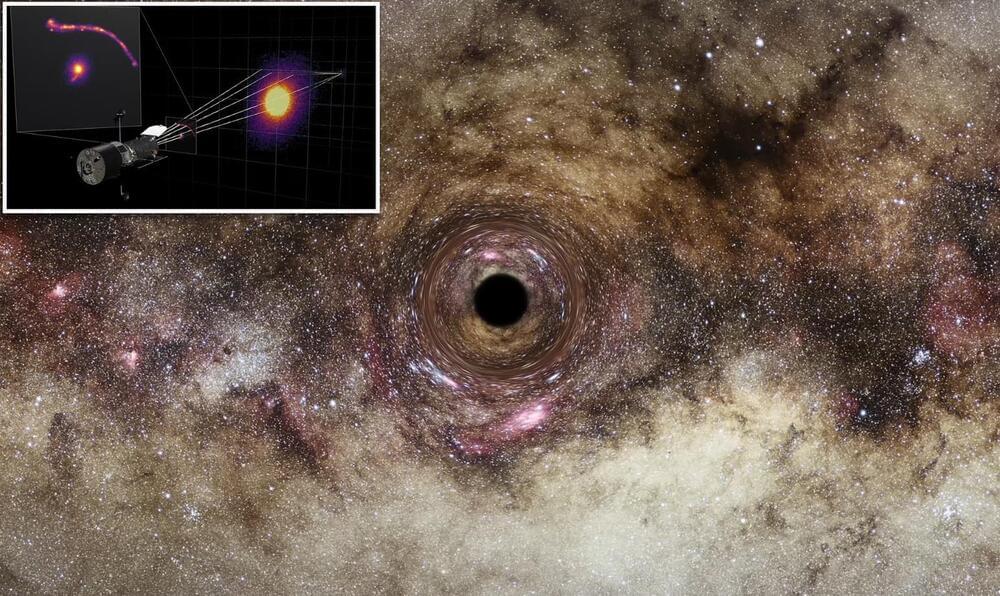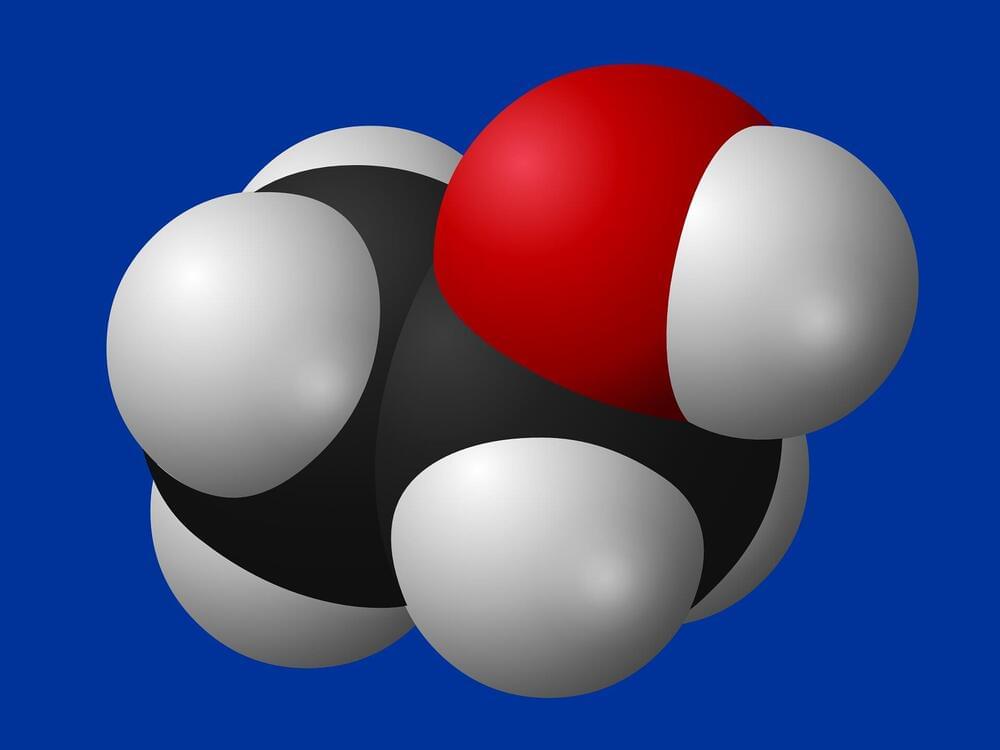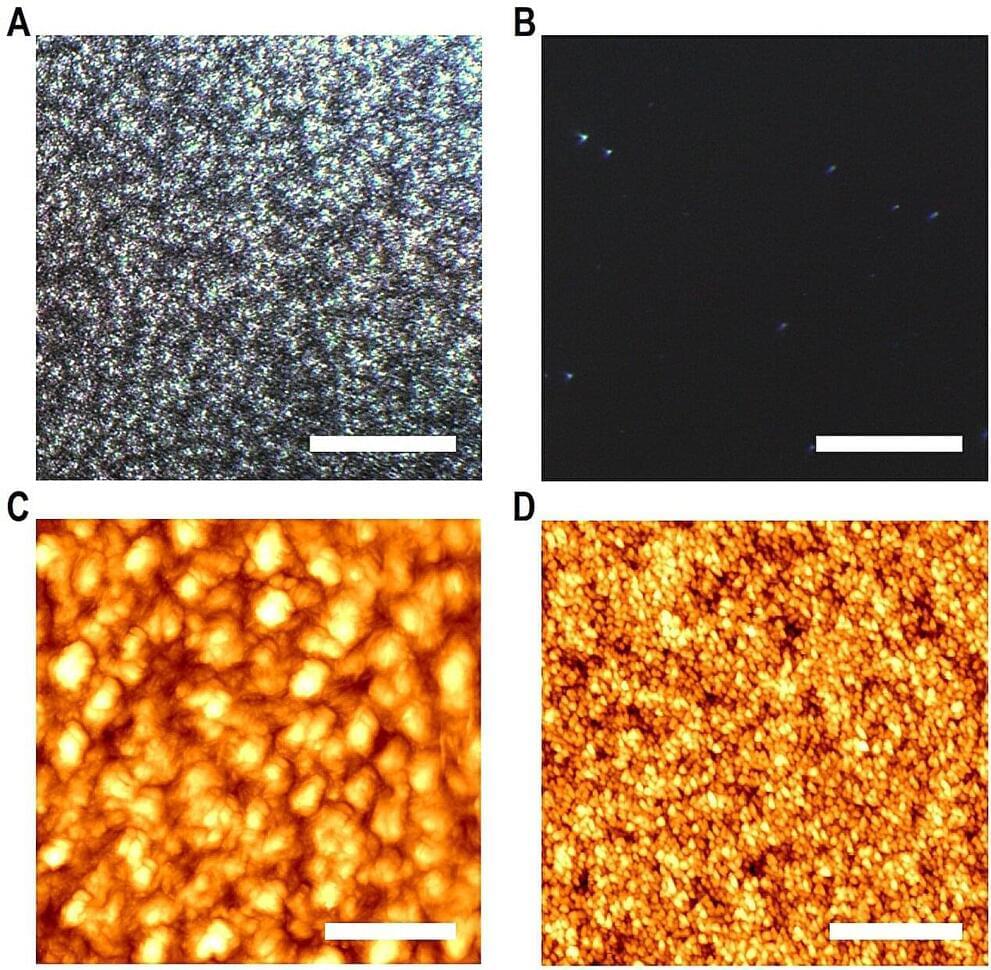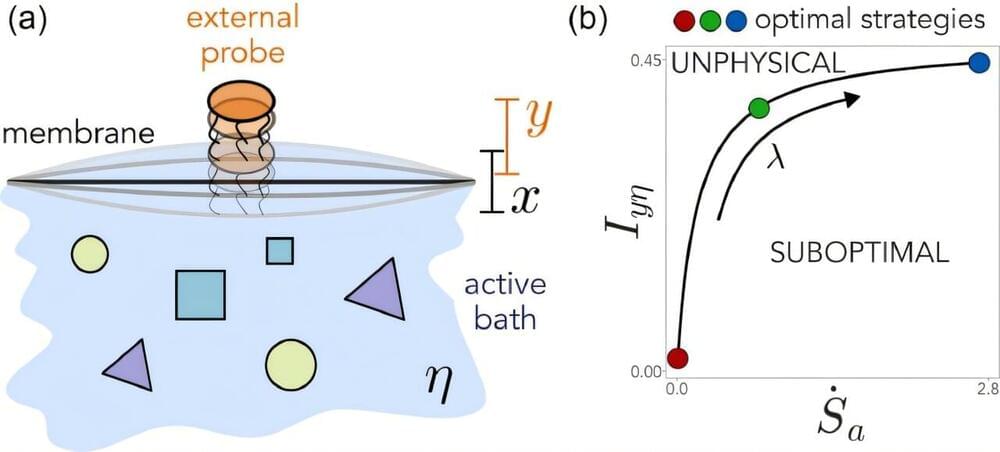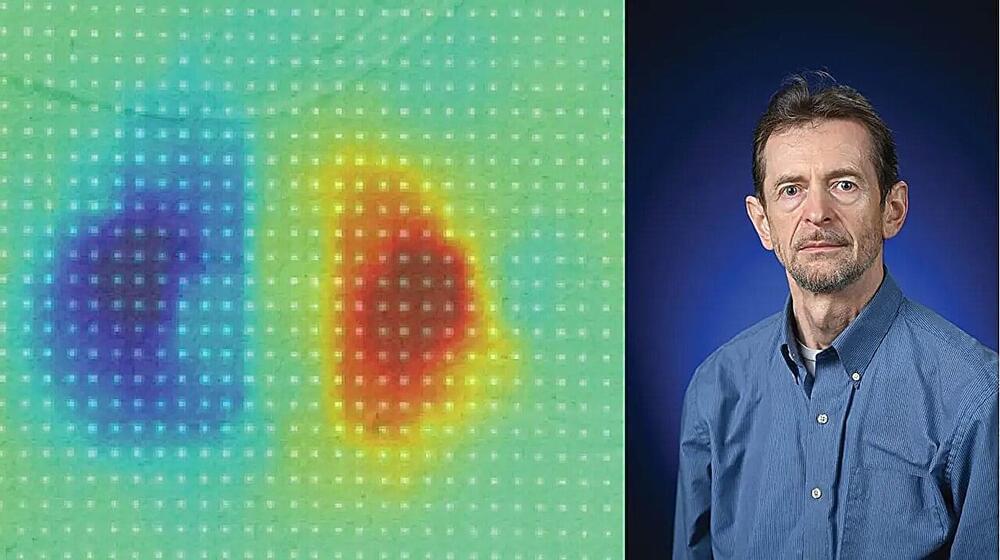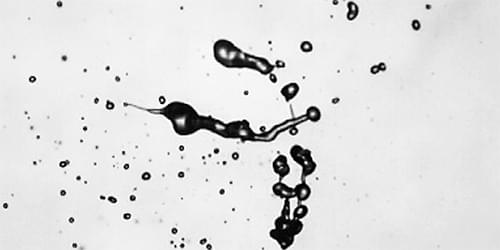For the first time, EPFL researchers have directly observed molecules engaging in hydrogen bonds within liquid water, capturing electronic and nuclear quantum effects that had previously been accessible only through theoretical simulations.
Water is synonymous with life, but the dynamic, multifaceted interaction that brings H2O molecules together – the hydrogen bond – remains mysterious. These hydrogen bonds form as hydrogen and oxygen atoms from neighboring water molecules connect, exchanging electronic charge in the process.
This charge-sharing is a key feature of the three-dimensional ‘H-bond’ network that gives liquid water its unique properties, but quantum phenomena at the heart of such networks have thus far been understood only through theoretical simulations.


